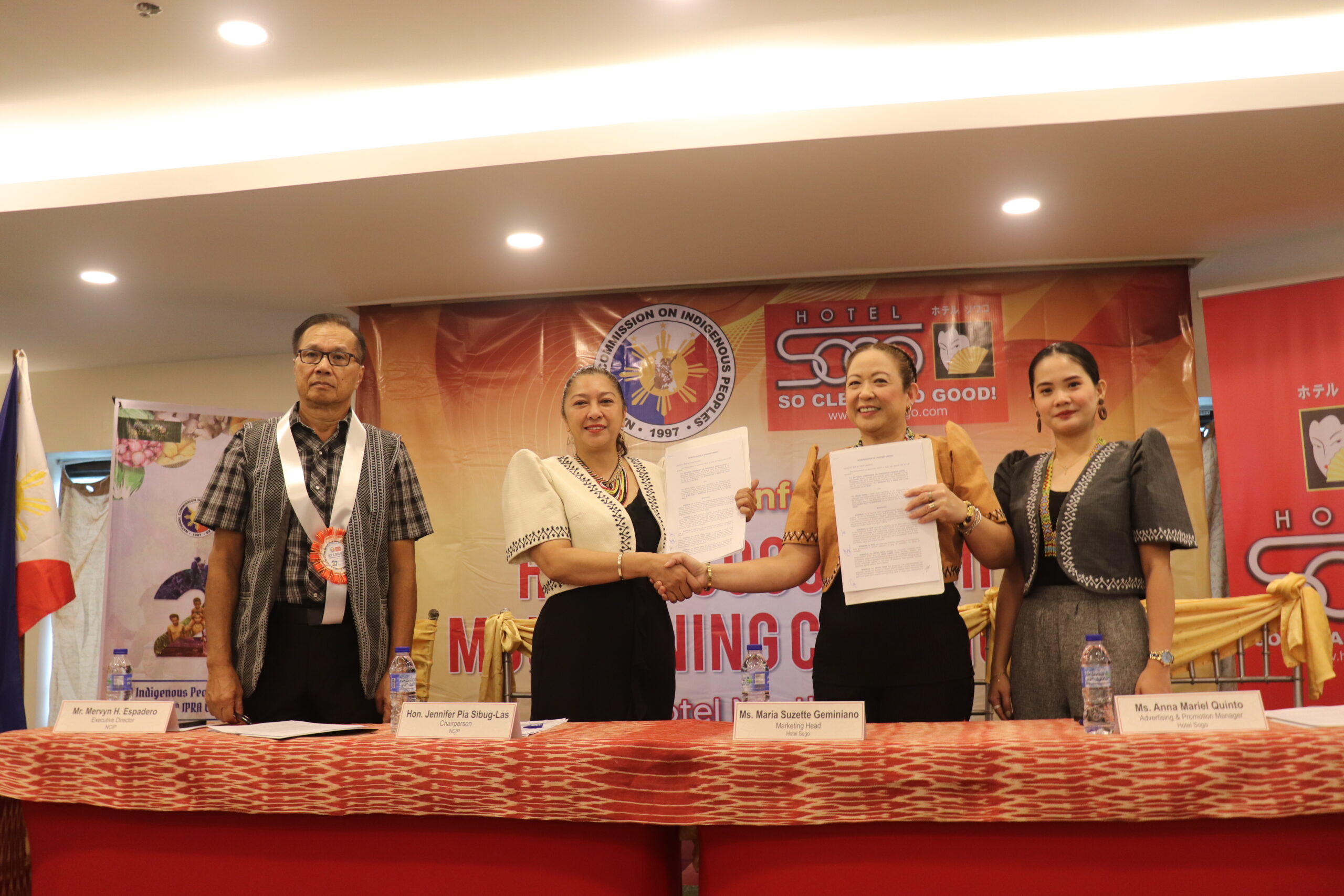
VALENZUELA CITY, Feb. 27 — In more developed parts of the Asia Pacific such as Japan, mass transit systems effectively and efficiently ferry millions of passengers per day from home to workplace, around business districts for commerce, or to leisure spots for rest and recreation.
For Filipinos who have witnessed such ease of movement in our neighboring urban centers, a common sentiment comes up: are we ever going to have that back home?
The answer is now here.
Build, Build, Build
The directive of President Rodrigo Roa Duterte is simple: make the Filipino life comfortable. For the Department of Transportation (DOTr), under the strong-willed leadership of Secretary Arthur Tugade, this directive entails delivering solutions that will enhance mobility and connectivity, solutions that will relieve the suffering of millions of Filipinos who struggle in their daily commute, solutions that will equalize the commuting experience of all Filipinos, regardless of stature.
Today, one of these solutions comes to life.
Today, in Barangay Ugong, Valenzuela City, the DOTr breaks ground for a mass transit project that will transform the economic and social landscape of the National Capital Region.
Hailed as the “project of the century,” the Metro Manila Subway Project (MMSP) will be the country’s first-ever underground railway system.
A flagship project under the Duterte Administration’s “Build, Build, Build” Program, the Metro Manila Subway will be built with the support of the Government of Japan through an Official Development Assistance (ODA) loan from the Japan International Cooperation Agency (JICA).
Incredible Subway Features
The Metro Manila Subway will be an expansive 36-kilometer railway system. It will have 15 stations from Quirino Highway in Quezon City to NAIA Terminal 3 in Pasay and FTI in Taguig, crossing 7 local governments, and passing through 3 of Metro Manila’s business districts.
With a speed of up to 80 kilometers per hour, travel time from Quezon City to NAIA Terminal 3 will go down to as short as 30 minutes.
Considering Metro Manila’s exposure to weather and seismic events, a condition very similar to that of Japan, the Metro Manila Subway employs proven Japanese technologies to make the system resilient against natural disasters.
In fact, last week, Secretary Tugade himself inspected Tunnel Boring Machines (TBM), subway flood control equipment, and other technological advancements and practices in railway operations during his visit in Japan.
Partial Operability Section
Last 20 February 2019, the DOTr signed the main contract for the design and build of the Metro Manila Subway’s depot and first three stations, or its partial operability section, along with the structures and facilities of the Philippine Railway Institute. The first three stations consist of the Quirino Highway-Mindanao Avenue Station, Tandang Sora Station, and North Avenue Station.
Partial operability of the Subway with its first three stations is targeted for 2022, while full operations of all 15 stations will be in 2025. In its first year of full operations, the MMSP is expected to serve up to 370,000 passengers daily, but has a design capacity to accommodate up to 1.5 million passengers per day.
Under the design-build contract, the Joint Venture of Shimizu Corporation, Fujita Corporation, Takenaka Civil Engineering Co., Ltd., and EEI Corporation (Shimizu Joint Venture) will design and build the first three stations, tunnel structures, the subway’s Valenzuela Depot, and the facilities of the Philippine Railway Institute.
Enhanced Mobility and Connectivity
Secretary Tugade envisions a Philippine society where public transport is an equalizer – a society where commuters, rich or poor, in Manila, Davao, Cebu, or elsewhere, all experience the same level of comfort and convenience in their daily commute.
The way towards this vision is better mobility and connectivity through mass transit.
And now, we BUILD, BUILD, BUILD.
–
Stay updated with news and information from the Department of Transportation of the Philippines by visiting their website at https://www.dotr.gov.ph.



